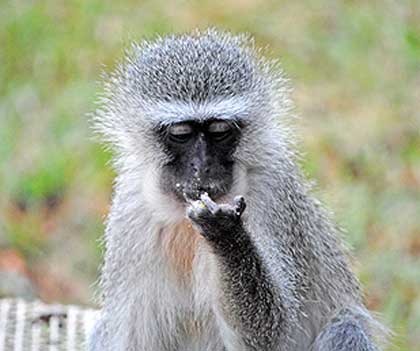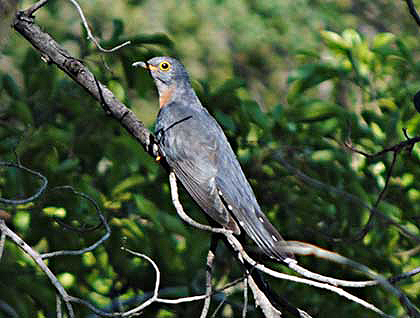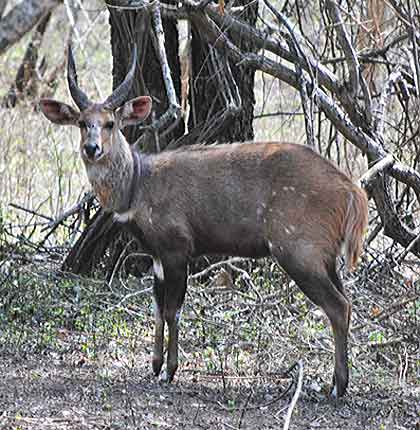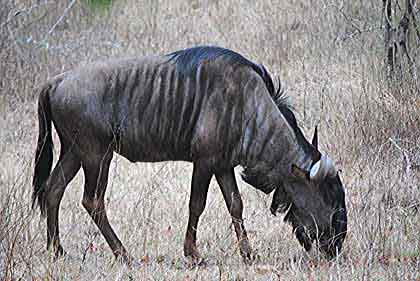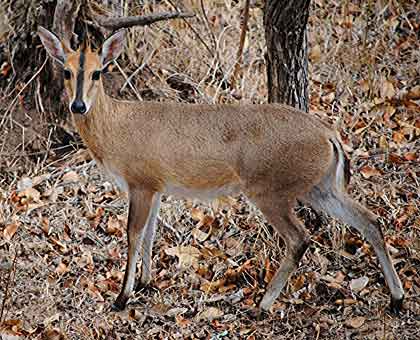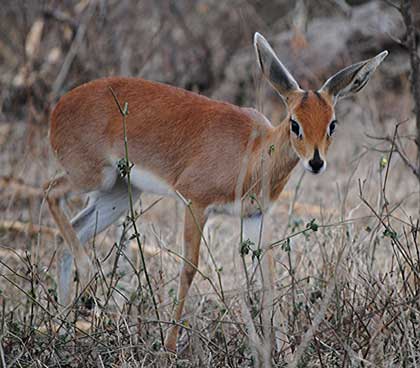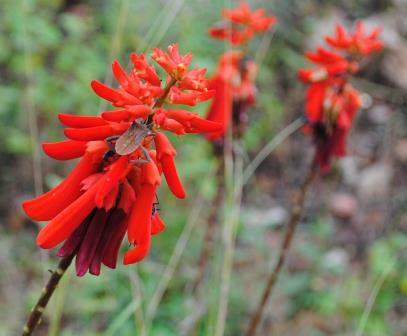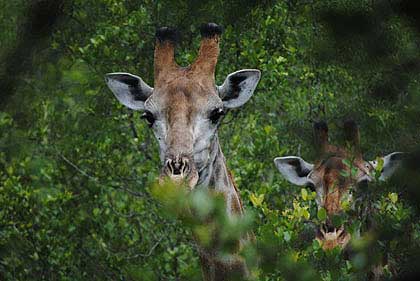Wildlife News from the Bush
The Bush in the Spring
Life in the Treehouse continues… every day bringing new treats. With the start of the rainy season, the languorous, drowsy bush has crackled with life. Bare limbed trees, sporting the green confetti of a bushveld spring, hide wildlife even better than winters’ hazy grey bush.
That rustling in the dry leaves could be caused by a dung beetle or a game bird; you won’t know what, until it emerges out of the screen of new growth. From the bush babies in the roof to the dormice in the thatch to the giraffe in the road, munching on acacia trees, it’s been an interesting week.
I just found out how the giraffe can eat the leaves of the thorny Acacia tree. There is a tough membrane covering his tongue that peels off and renews itself from time to time.
Vervets Setting off the Alarm
Friends went away and their home was raided by Vervet monkeys. We identified the perps in action. This is a picture of a thoughtful juvenile delinquent eating his stolen fruit (crushed mealies/corn).
Patience Pays Off
Nothing like new challenges for the photographer. Trying to get some shots of everything happening around us is complicated by the leaves and shadows on the subjects. This is a Piet-my-vrou otherwise known as the red chested cuckoo. A hard bird to photograph as it hides away in densely leaved trees, in wooded thickets for most of the day. The strident call sounding just like its name suggests, is heard all over from wooded suburbs to remote forested bush.
Got-it!
The graceful Bushbuck, a medium-size, notoriously shy antelope. This young male was traveling along enjoying the bushveld spring.
There was a Better Blue Image Without Feet
There’s a largish herd of wildebeest that pass through this bit of bush every day searching out the juiciest grass. Did you know they’re known as blue wildebeest? This is an un-shopped image, straight from my camera to your eyes, and check the blue mane. Imagine how blue fifty of them look together?
Could Have Been a Unicorn
This little grey duiker female, about 50 cm (20 in) in height, came wandering by looking for stray tomatoes. No horns, only males have horns but that tuft of hair brings unicorns to mind.
From the Bambi Range
And here’s a small female Steenbok. A real-life Bambi, about 45–60cm (16″-24″) at the shoulder. She was a natural and took no notice of the camera. I was all thumbs and fumbled my way through about forty shots but there were one or two that turned out OK.
In the bushveld spring, you hear the distant sound of thunder and the wind travels gently through the tree tops. Rain is on the way and across the valley…we hear a lion roar.


